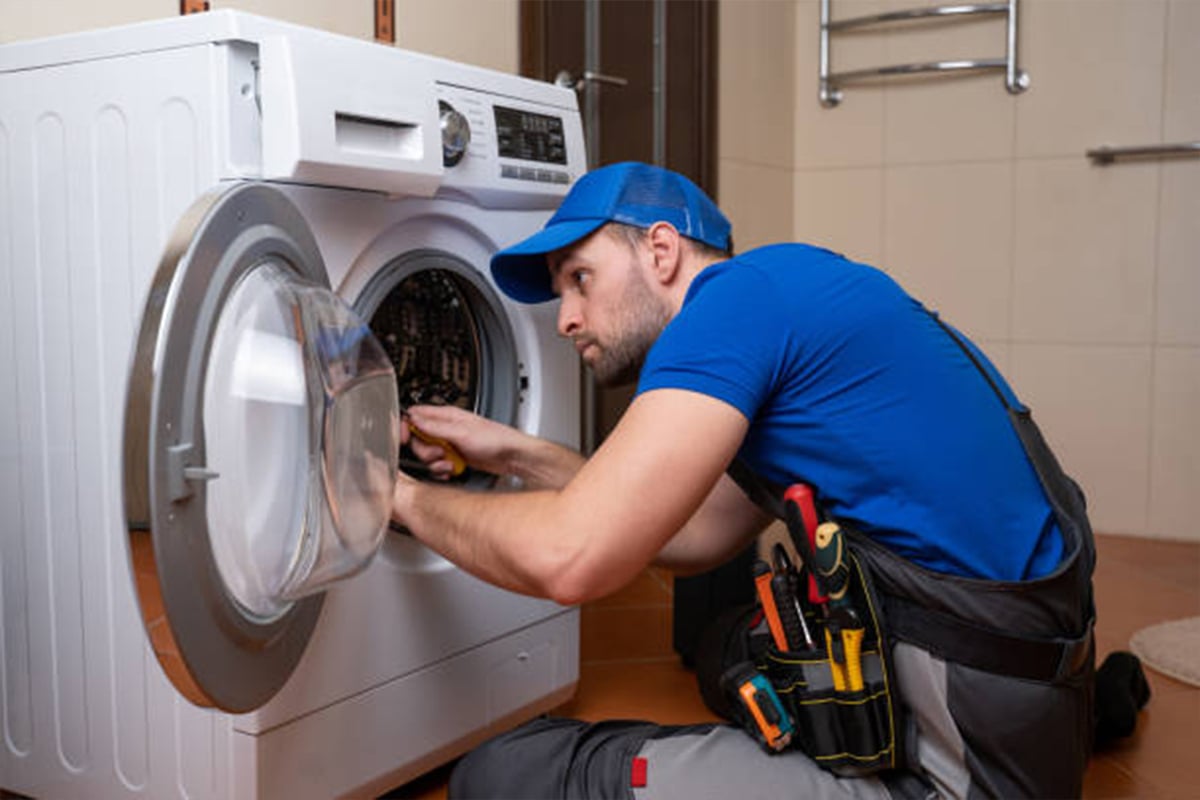What Are the Most Commonly Replaced Oven Parts
When it comes to home appliances, ovens play a significant role in our daily lives. Whether you're an avid baker or simply enjoy cooking your favorite meals, a well-functioning oven is essential. However, like any other appliance, ovens can experience wear and tear over time, leading to the need for replacement parts. In this article, we will explore the most commonly replaced oven parts and provide valuable insights into their functions and importance.
1. Heating Elements
Heating elements are crucial components of an oven as they are responsible for generating the heat necessary for cooking. Over time, these elements can wear out or become faulty, resulting in uneven cooking or failure to heat up. Electric ovens typically have two heating elements – one at the top for broiling and another at the bottom for baking. Gas ovens, on the other hand, use a single heating element. If you notice your oven is not heating properly, replacing the heating elements could be the solution.
2. Igniters
Gas ovens rely on igniters to ignite the gas and create a flame. These small devices are located near the burners and are responsible for starting the combustion process. If your gas oven fails to ignite or takes longer than usual to do so, a faulty igniter may be the culprit. Replacing the igniter can help ensure a consistent and reliable ignition, allowing your oven to function properly.
3. Temperature Sensors
Temperature sensors, also known as oven thermometers, are responsible for monitoring and regulating the internal temperature of the oven. They communicate with the oven's control board to maintain the desired cooking temperature. If your oven is displaying inaccurate temperature readings or struggling to maintain a consistent temperature, a faulty temperature sensor may be to blame. Replacing this part can help ensure precise and reliable cooking results.
4. Control Boards
The control board is the brain of your oven, responsible for interpreting commands and controlling various functions such as temperature regulation, timers, and oven modes. If your oven fails to respond to commands, displays error codes, or exhibits erratic behavior, a faulty control board may be the issue. Replacing the control board can restore the functionality and performance of your oven.
5. Door Hinges and Gaskets
The oven door hinges and gaskets play a crucial role in maintaining proper heat retention and sealing. Over time, these components can become worn or damaged, resulting in heat loss and inefficient cooking. If you notice that your oven door doesn't close properly, heat escapes, or the gasket is worn out, replacing the door hinges and gasket can help improve energy efficiency and cooking performance.
6. Knobs and Control Buttons
Knobs and control buttons are frequently used components of an oven, allowing you to set the desired temperature, timers, and oven modes. Due to repeated use, these components can become worn, making it difficult to accurately control the oven's functions. If your oven knobs or control buttons are loose, unresponsive, or damaged, replacing them can enhance your cooking experience and ensure precise control over your oven's settings.
7. Oven Racks
Oven racks are essential for placing your cookware and dishes inside the oven. Over time, these racks can become warped, stained, or damaged, making it challenging to slide them in and out smoothly. Additionally, excessive weight or improper use can cause them to break. Replacing oven racks can help prevent accidents, ensure even cooking, and improve the overall functionality of your oven.
8. Light Bulbs
Although often overlooked, light bulbs in ovens are essential for providing visibility while cooking. If your oven light bulb has burnt out or is flickering, replacing it can make a significant difference in your cooking experience. It allows you to monitor the progress of your dishes without the need for external lighting sources.
9. Drip Pans
Drip pans, also known as burner pans, are located beneath the burners and help catch any spills or drips during cooking. Over time, these pans can become dirty, stained, or damaged, affecting their functionality. Replacing drip pans can help maintain cleanliness, prevent potential damage to your oven, and ensure smooth cooking processes.
10. Door Handles
The oven door handle is an often-used component that can become loose, damaged, or worn out over time. A faulty door handle not only affects the aesthetics of your oven but also poses safety risks. Replacing the door handle can help ensure a secure grip, prevent accidents, and maintain the overall appearance of your oven.

